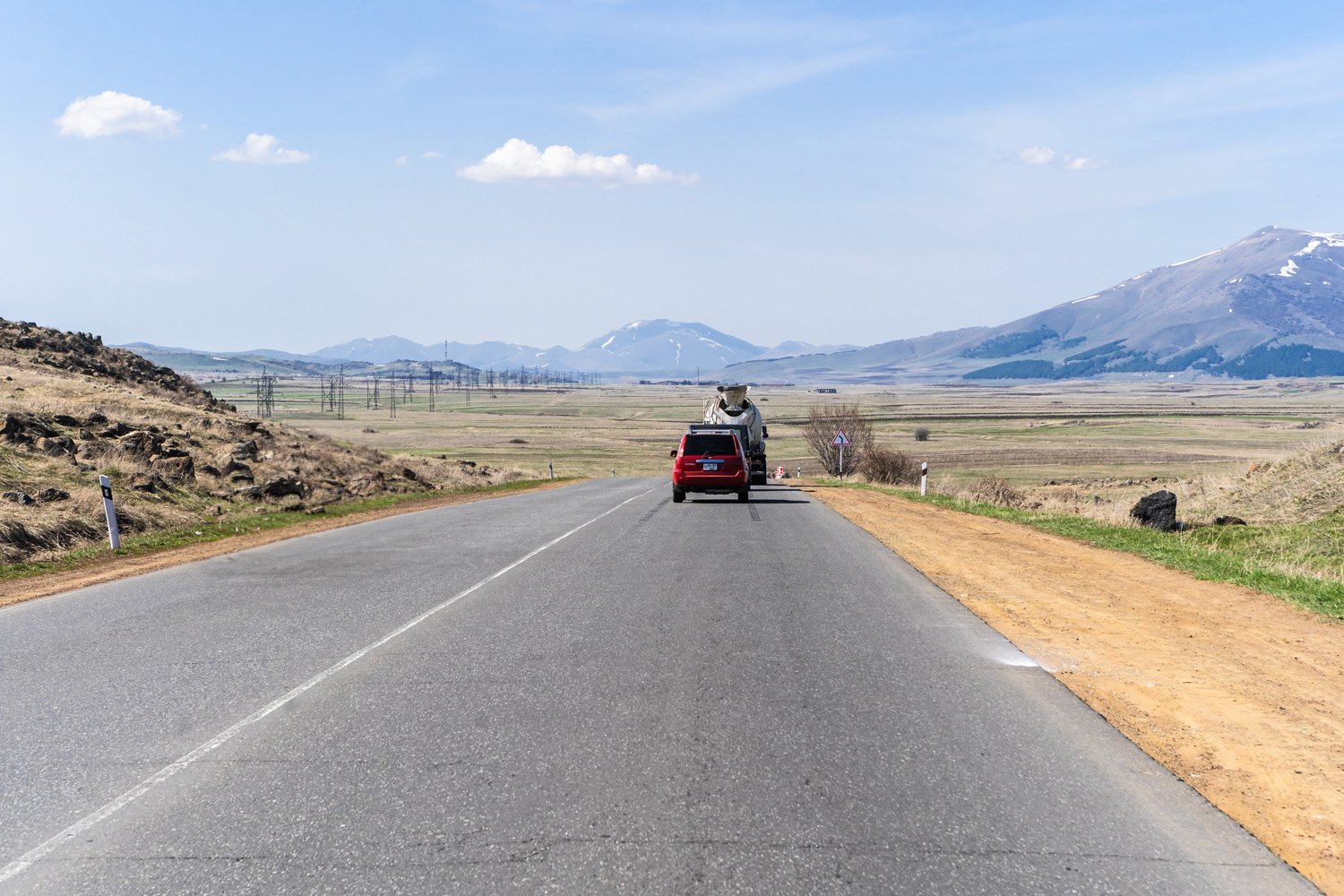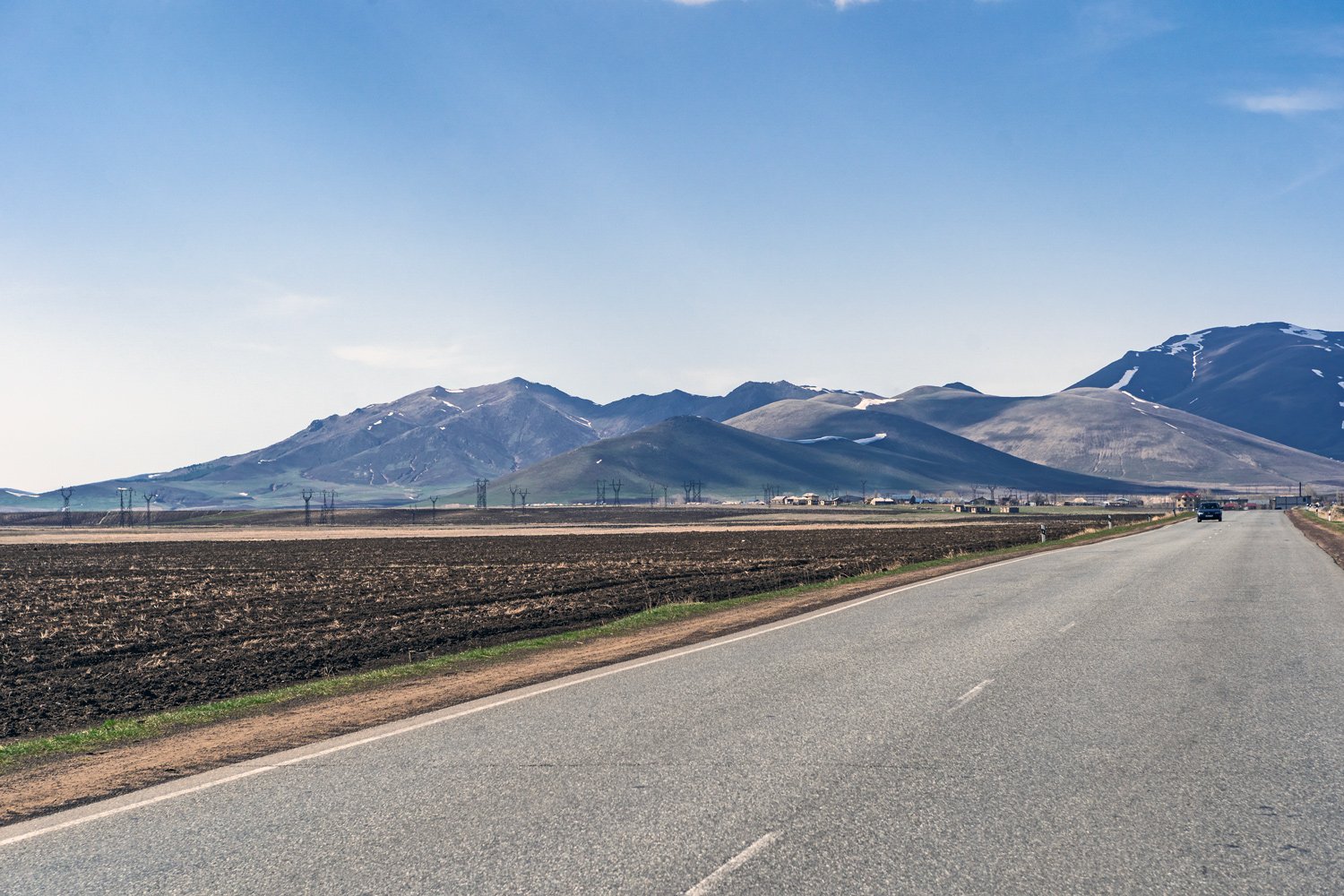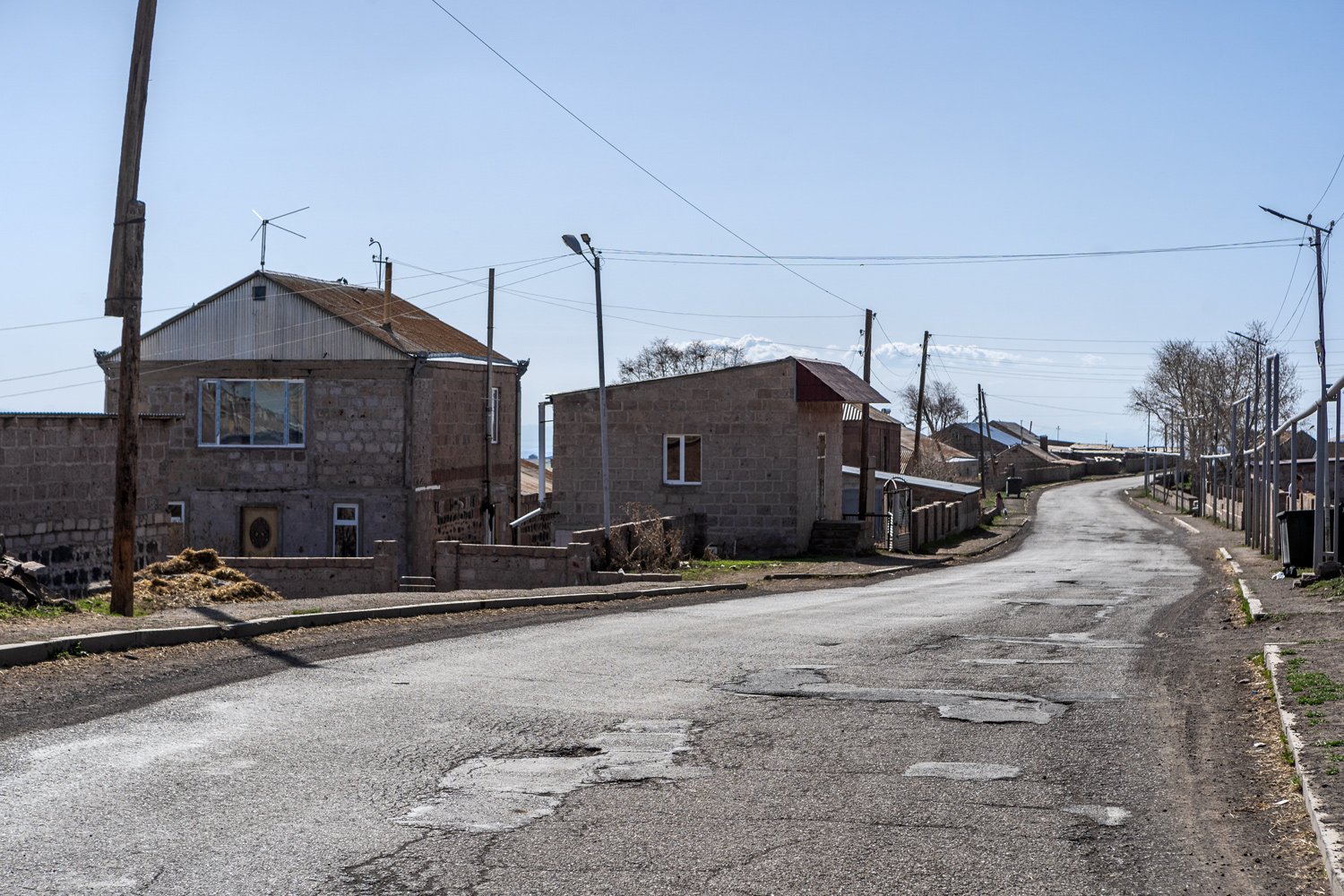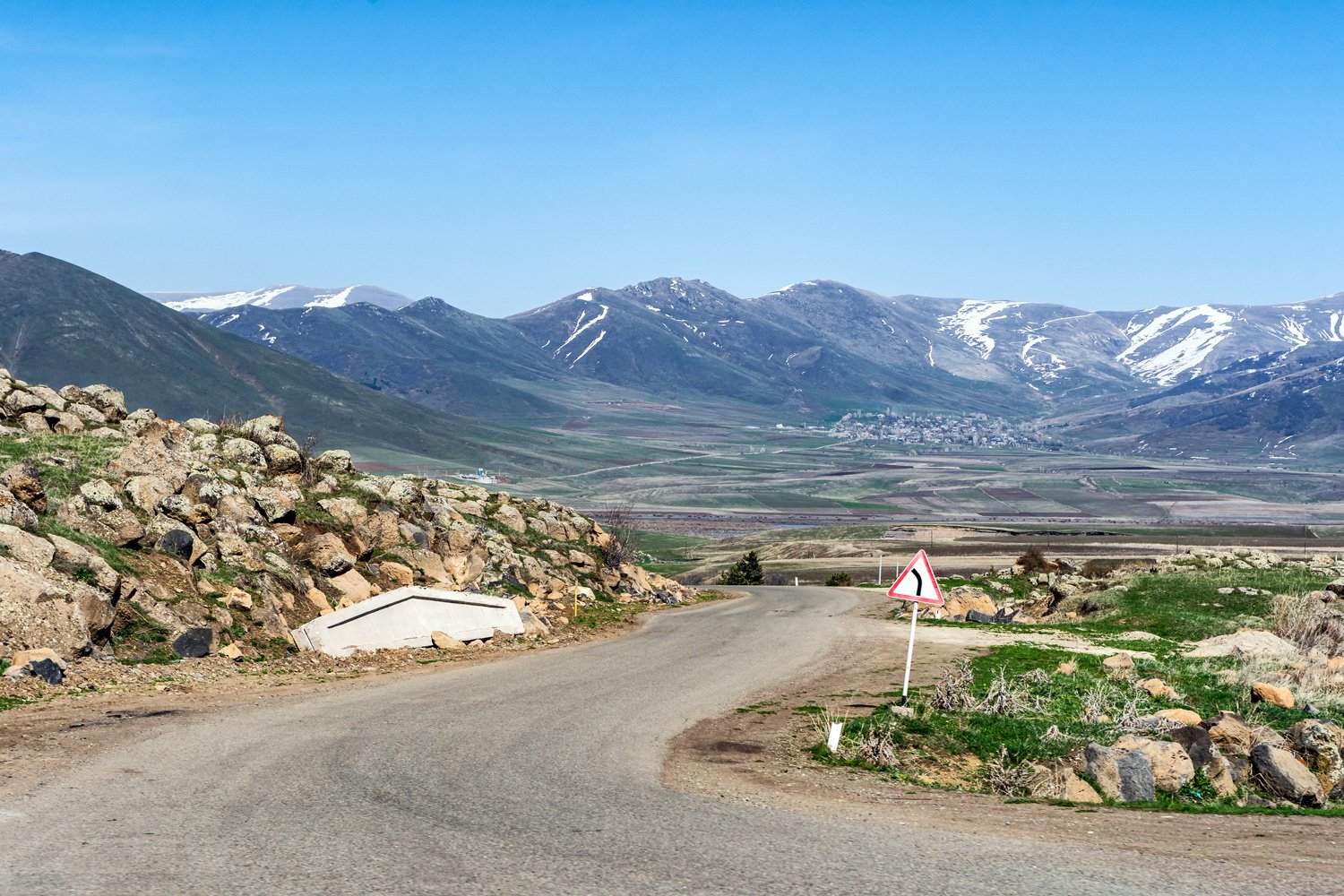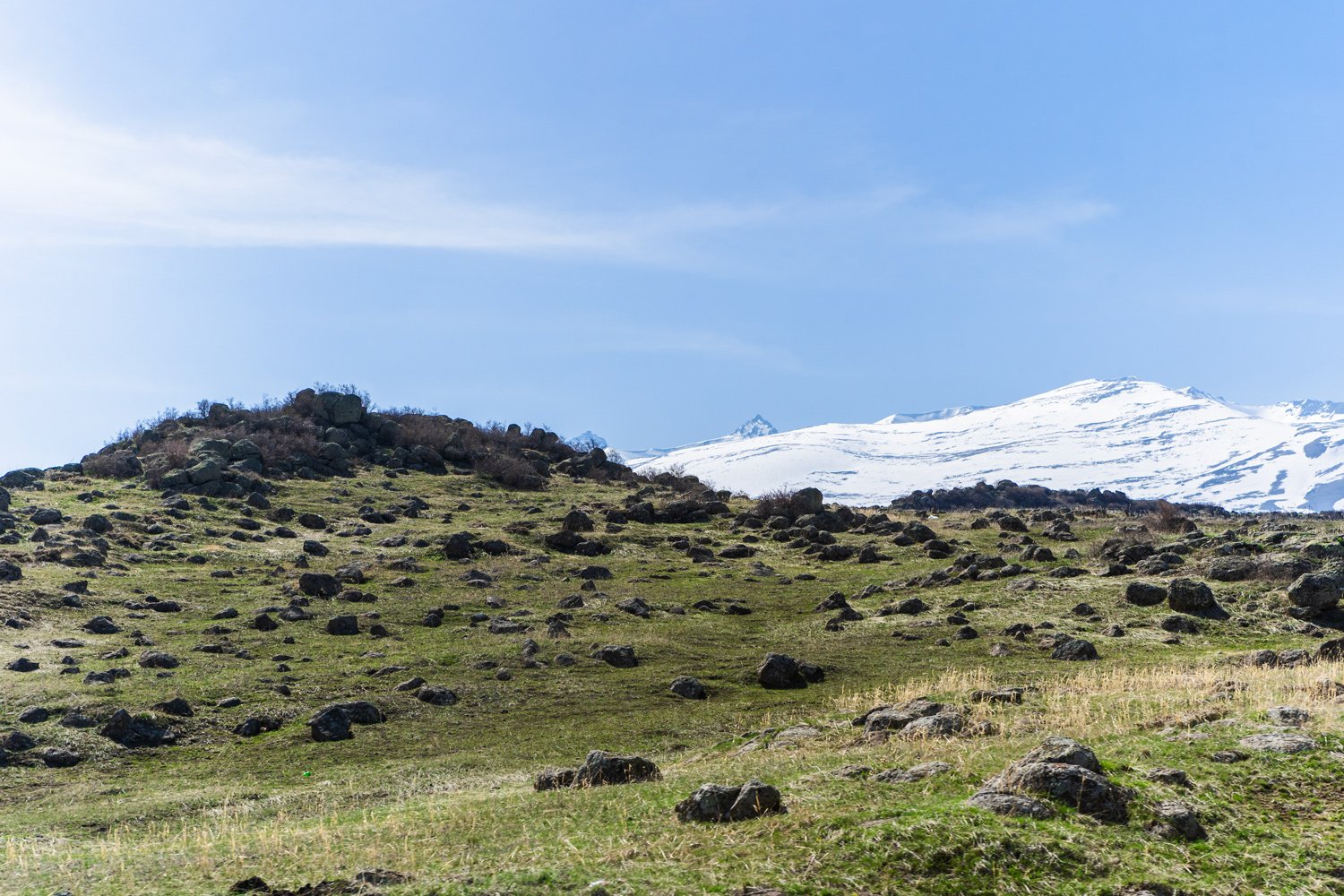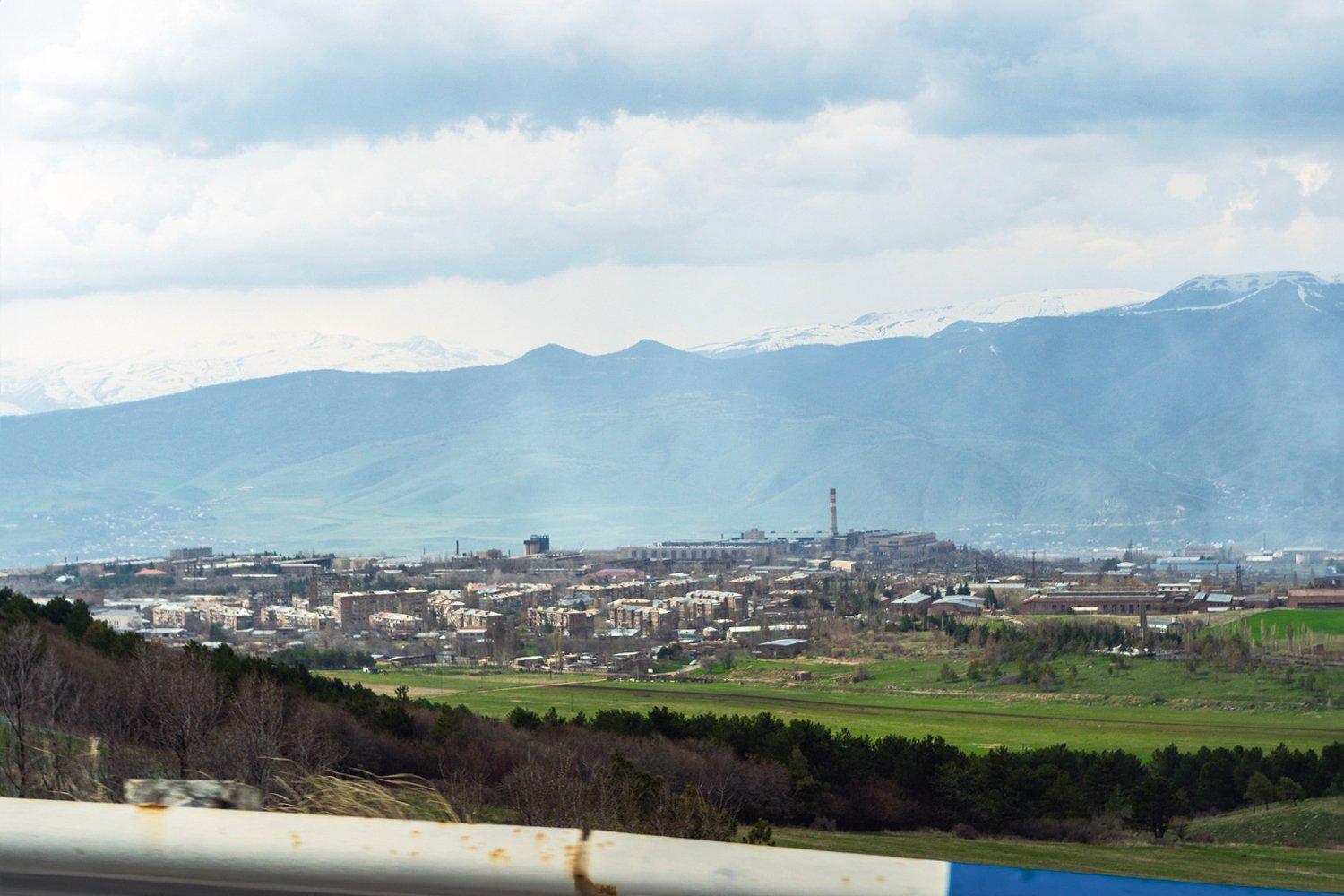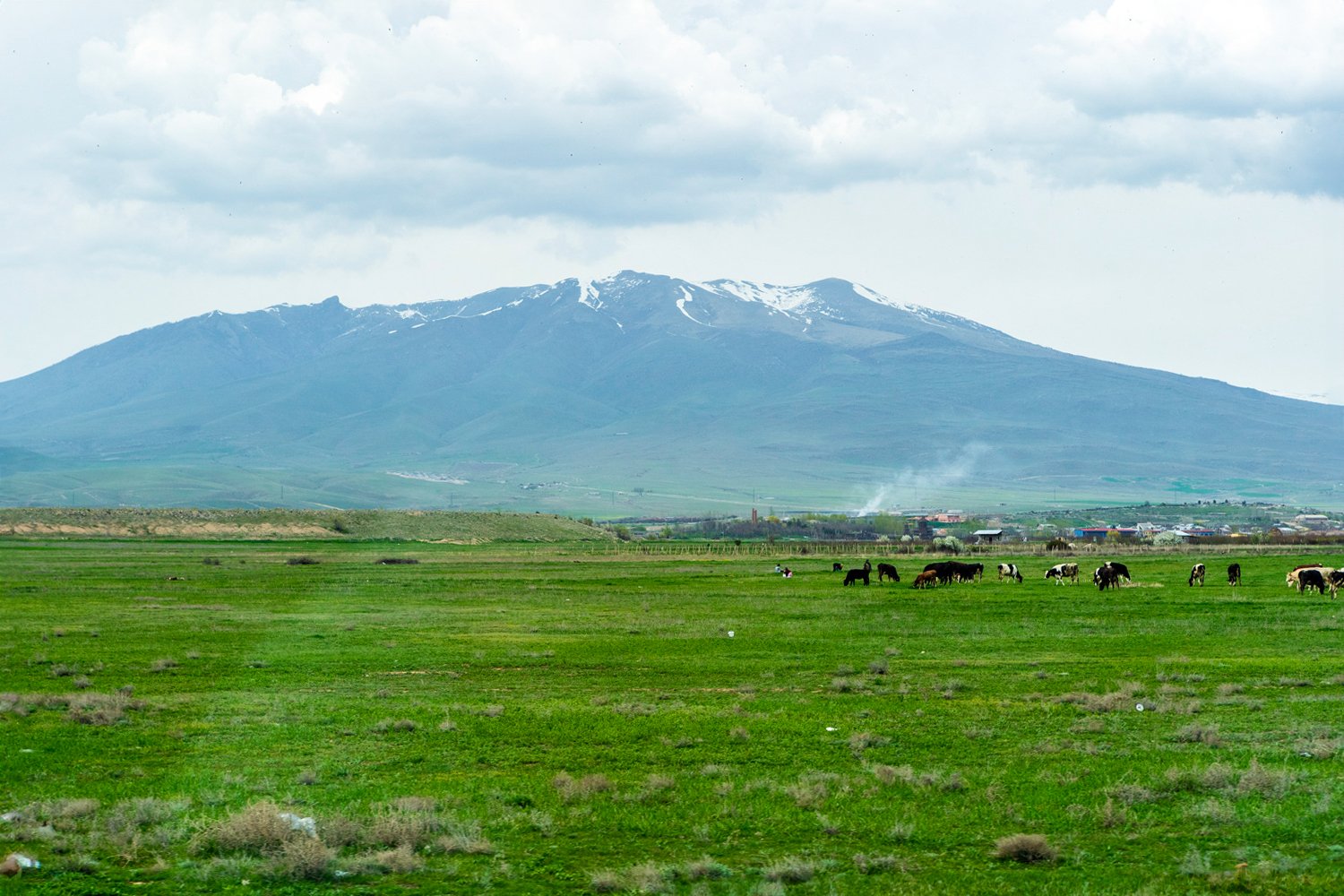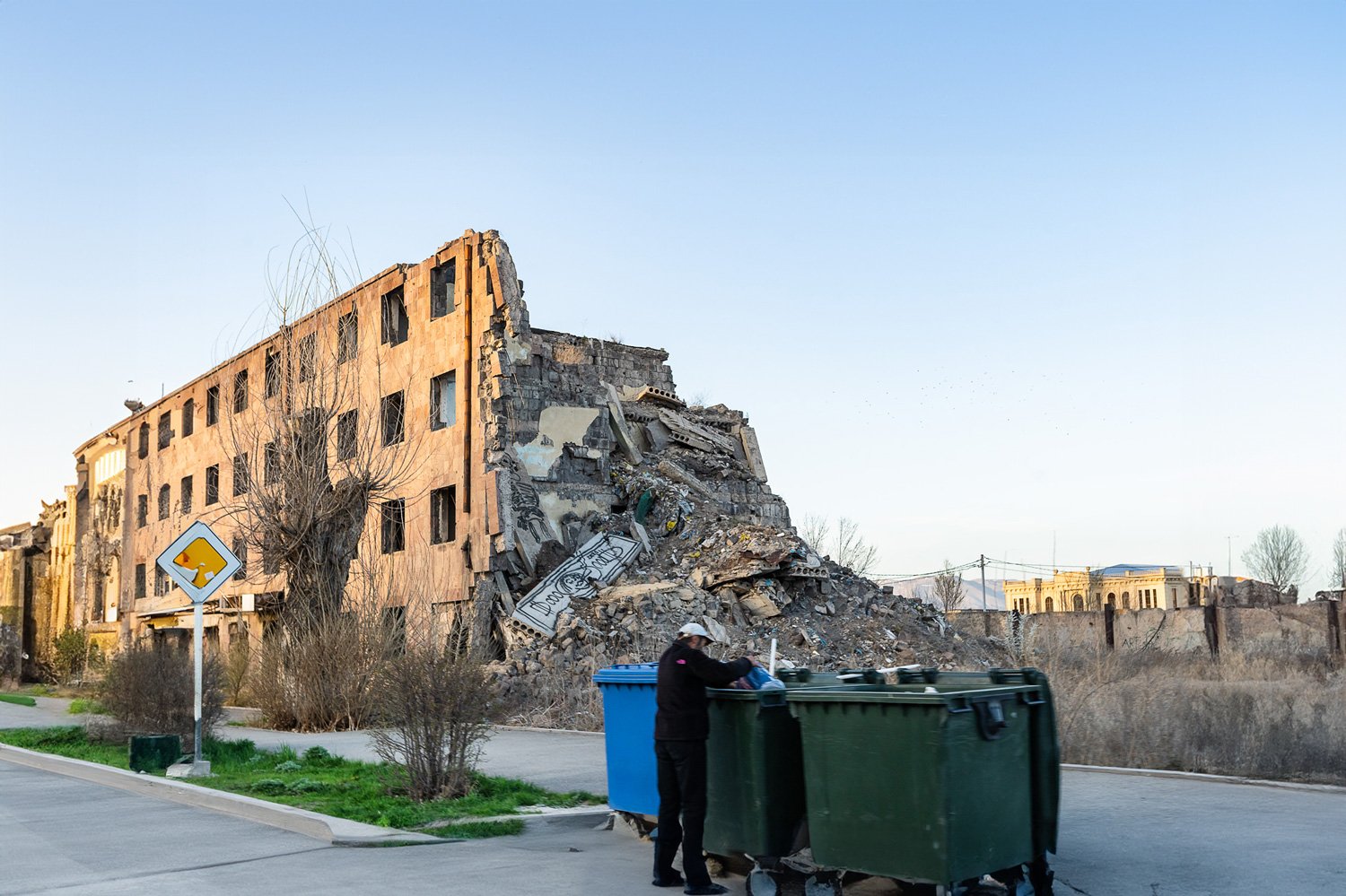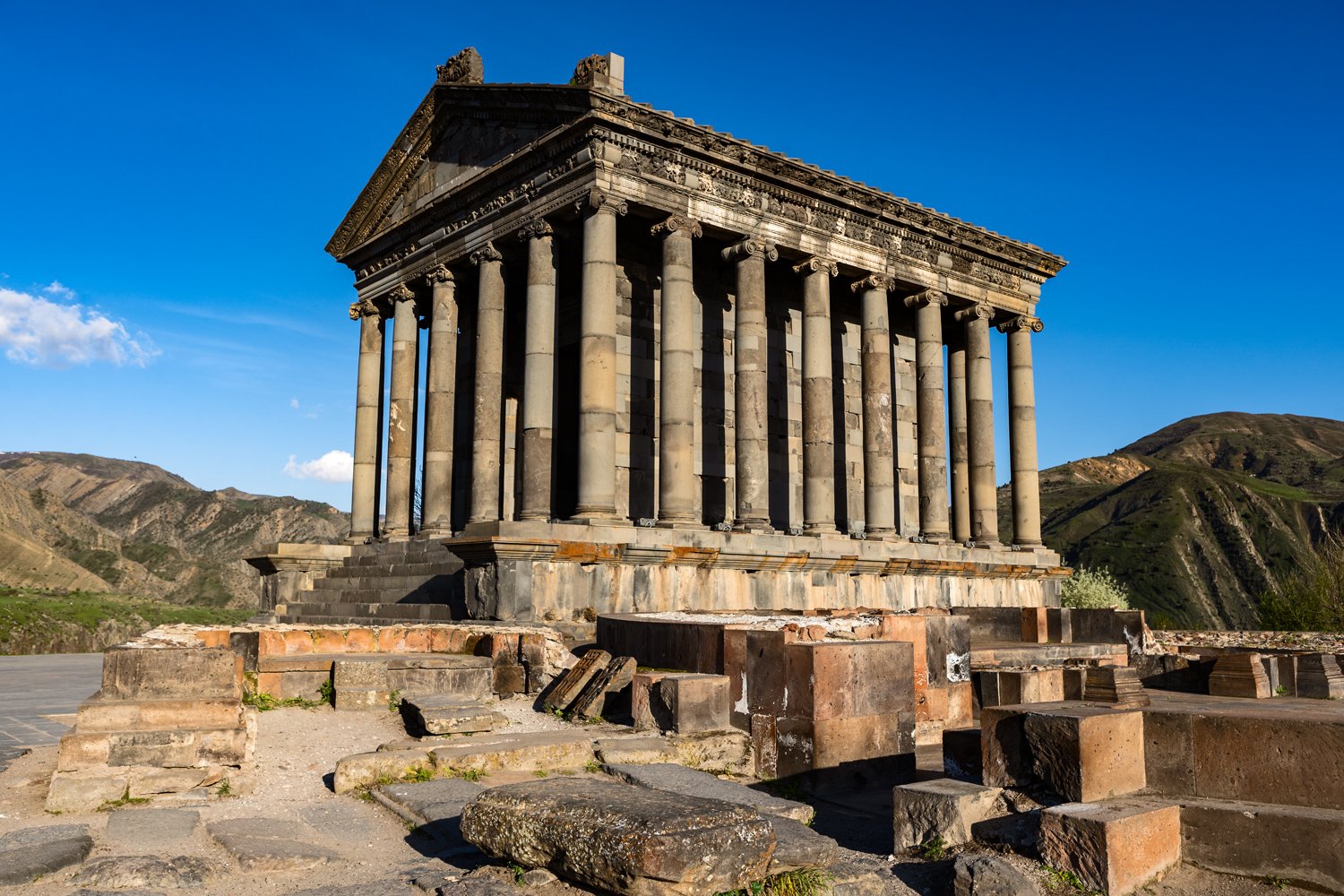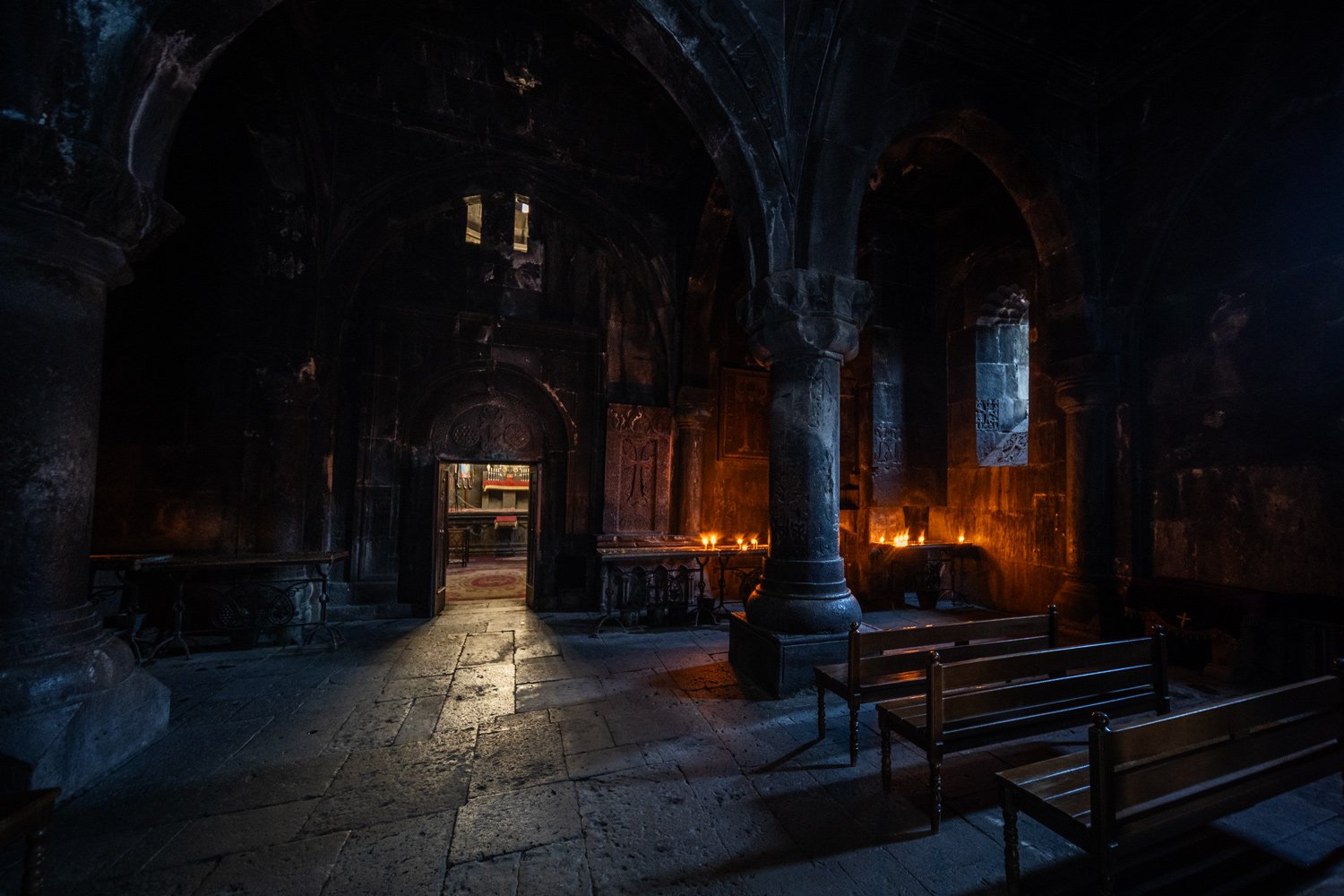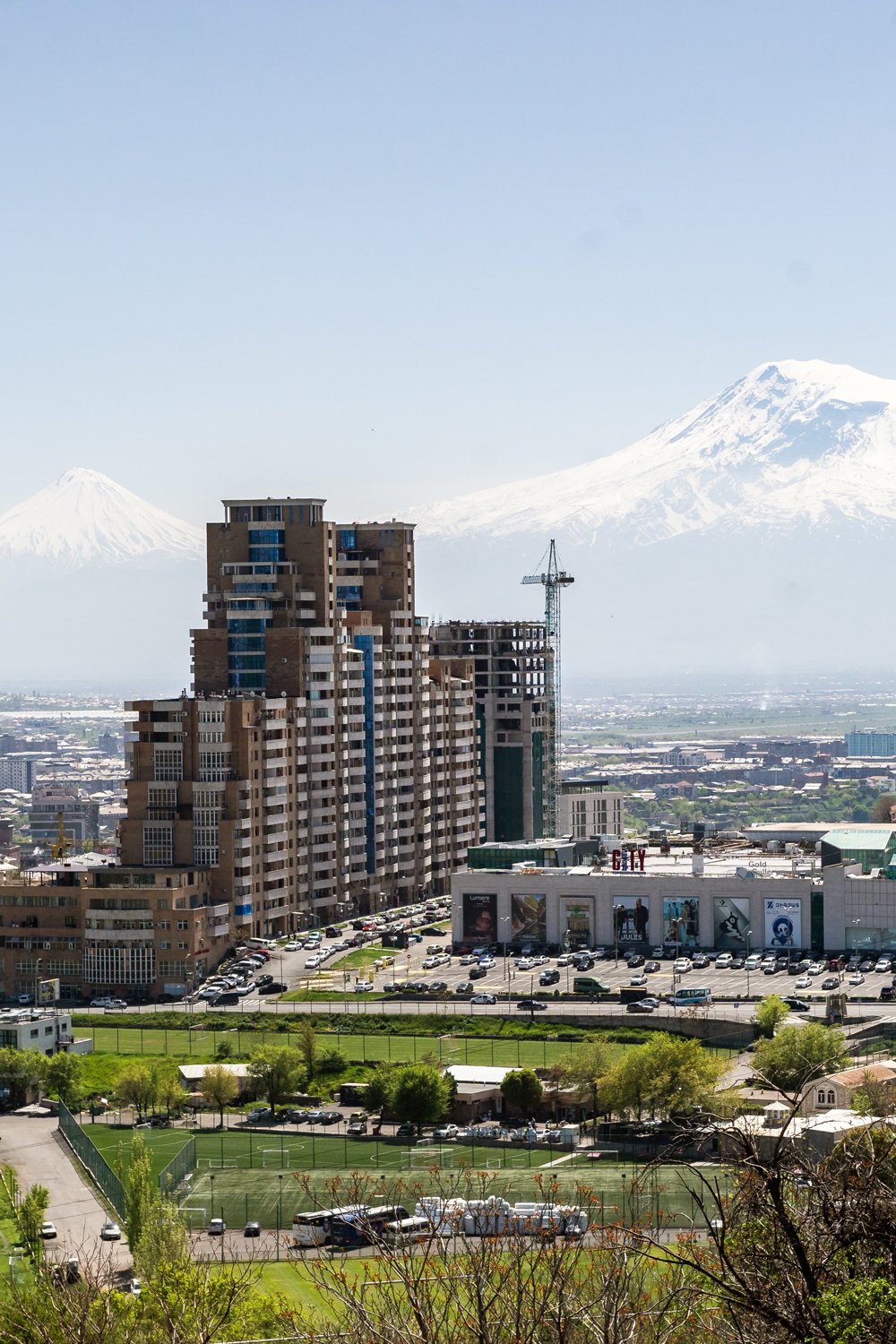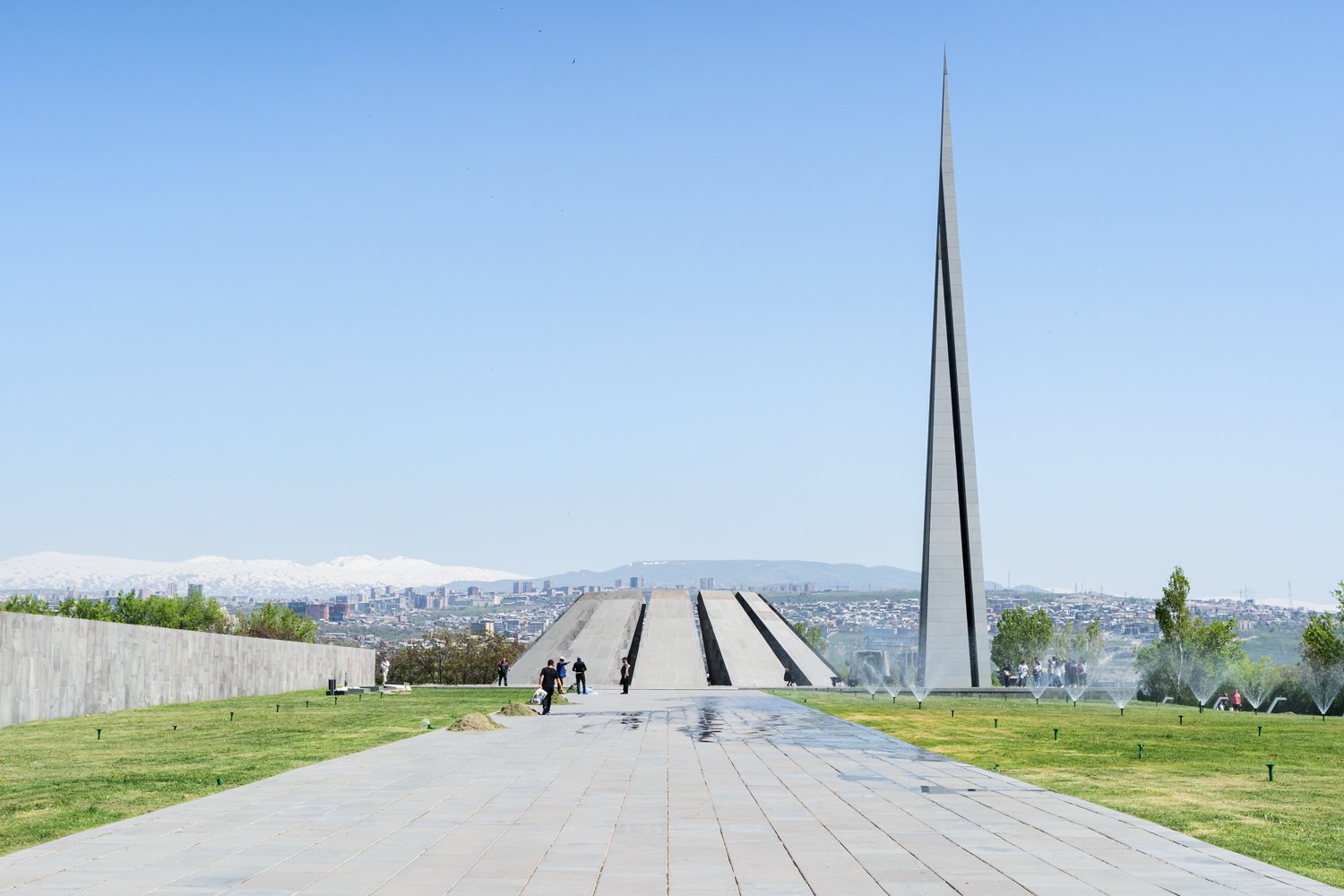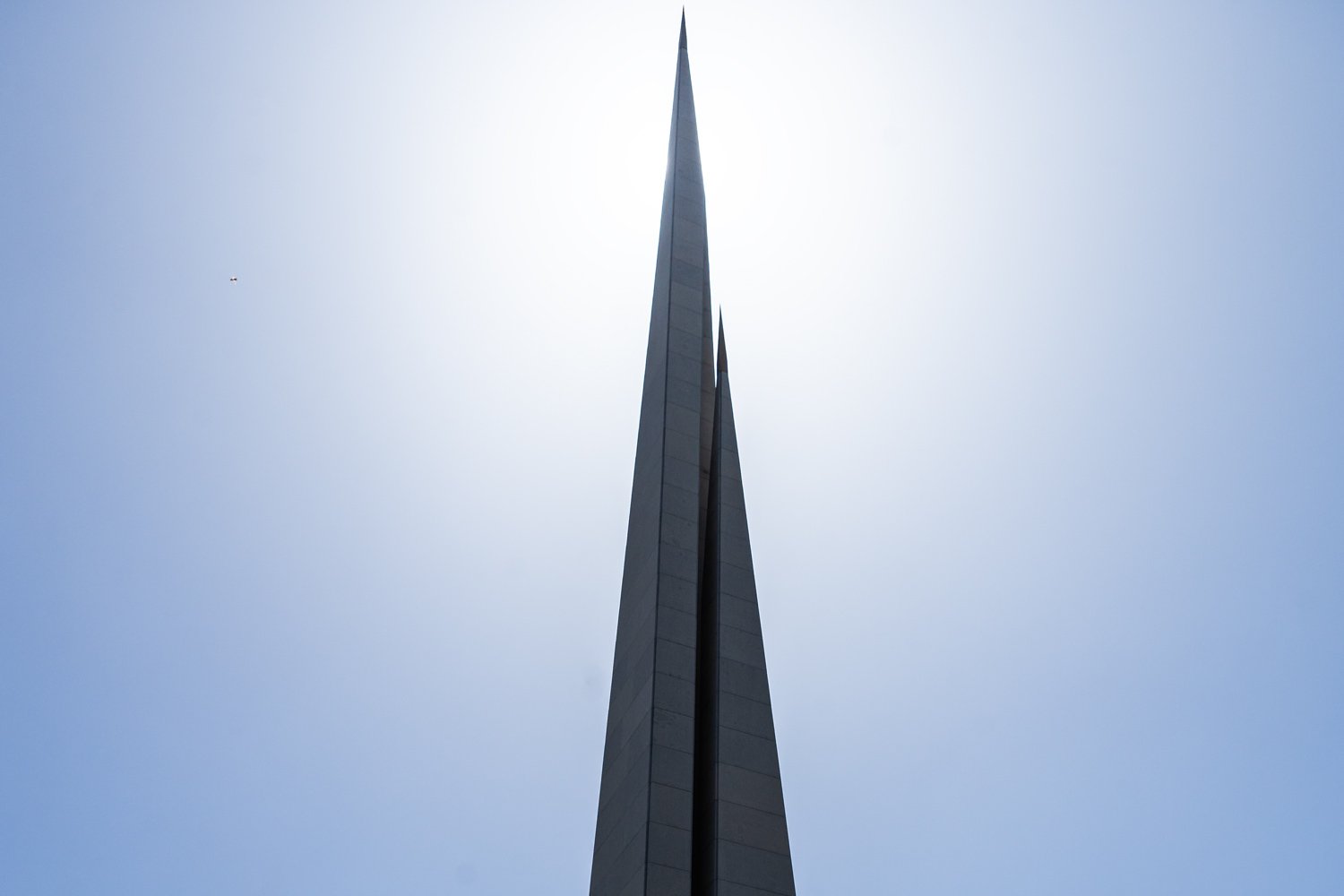Highways & Landscape 2 Armenia 2024
This is the second chapter of the Road Trip series through the Caucasus. For the first part, click here. Nearly all the photographs in this article were taken from a moving car — fleeting moments framed in motion, like a vague glimpses into something unfolding beyond the windshield.
The farther we drove into Armenia’s rocky hinterland, the more the monotony of the landscape became a meditation. This vast, rugged terrain, shaped by time and history, held echoes of something deeper. How is it that Armenia, became the first Christian nation in the world? The question lingered as the scenery shifted, subtle yet sudden, with every mile past the Georgian border — vegetation, light, even the air seemed different, and stone and silence took over the scenery.
Then, sometimes in between or when taking a high pass, my eyes locked onto two distant peaks on the horizon — Ararat and its smaller brother. More than just mountains, they are the symbols of Armenian identity, yet they stand just out of reach, across the border in foreign territory.
-
"Highways & Landscape" explores how landscapes shape and are shaped by cultural narratives. In Georgia, the expansive Rikoti Pass, cutting through lush and rugged hills, mirrors the country’s broader economic aspirations as a bridge between Europe and Asia. Meanwhile, Armenia's well-maintained roadways tell a different story—one of arid soils, endurance and resilience.
Mount Ararat looms large in this narrative. Though it holds profound cultural significance for Armenians, it remains just beyond their grasp—always visible on the horizon, yet forever distant across the Turkish border. Scattered memorials throughout Armenia’s cities stand as solemn witnesses to the genocide, serving as enduring reminders of collective suffering that continues to shape the nation’s identity.
